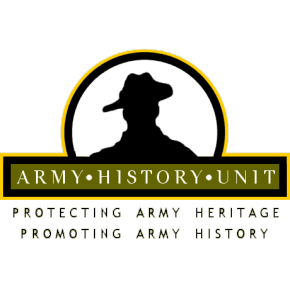
- This event has passed.
HMAS Goorangai March and Service – 2015
January 1, 1970 @ 10:00 am
It was November 20, 1940 when the 230-ton Castle Class auxiliary minesweeper left her berth for the last time – cut in half in the darkness of a gale that evening by the 8364 ton troopship HMAT DUNTROON at the entrance to Port Phillip Bay.
The little ship, a member of Minesweeping Group 54, had been crossing the narrow entrance from Queenscliff, where she had unloaded vegetables, and was seeking shelter on the other side.
Once the bows of DUNTROON loomed high over her amidships, her skipper David McGregor RANR and his entire crew of 23 were doomed.
The troopship, steaming under wartime restrictions, could not stop, but sounded siren blasts to alert rescue craft in Queenscliff, but in vain. Only seven bodies were ever recovered.
It was the RAN’s first loss in WWII and its first surface ship loss in any era (the only WW1 losses being the submarines AE1 and AE2).
GOORANGAI was another of the many former fishing trawlers requisitioned from Carlo Camaniti’s fishing fleet, Cam and Sons Ltd of Balmain, Sydney, and the first of two to be involved in notable wartime tragedies – the second being the extraordinary events surrounding the sinking of HMAS PATRICIA CAM by a Japanese float plane.
Goorangai had been built at the State Dockyard, Newcastle (NSW) in 1919, for a short-lived State Government fishing venture. and was requisitioned from Cams at the outbreak of the war in September 1939.
She had taken part in sweeping operations around Wilson’s Promontory and Cape Otway, after mines were laid in these areas early in the war by German raiders, and had sunk the US merchant vessel City of Rayville, and the British steamer Cambridge on the 7th and 8th of the same month as Goorangai’s loss.
Goorangai’s wreck, laying in only 15m of water, was demolished the following January as a shipping hazard, but later designated an Historic Shipwreck site. The site remains popular with divers, and apparently steel plates are scattered over a 200 sq m area of the seabed, a small boiler can be seen, and occasionally the rushing tides still undercover wartime gas masks.
In 2004, the Royal Australian Naval Professional Studies Program initiated a series of occasional papers focusing on subjects related to the Naval Reserve: the series was named Goorangai, after the ship.
As the RAN now begins to look back more on its history, in 2006 a WW11 mine with a plaque attached was unveiled at a memorial service in Queenscliff Reserve, recalling the memory of Goorangai and those lost.
11:10 Marchers fall in, King Street
11:30 Service commences Ocean View Reserve
12:30 Lunch, RSL Hall, King Street (must book)
Dress: Medals please






